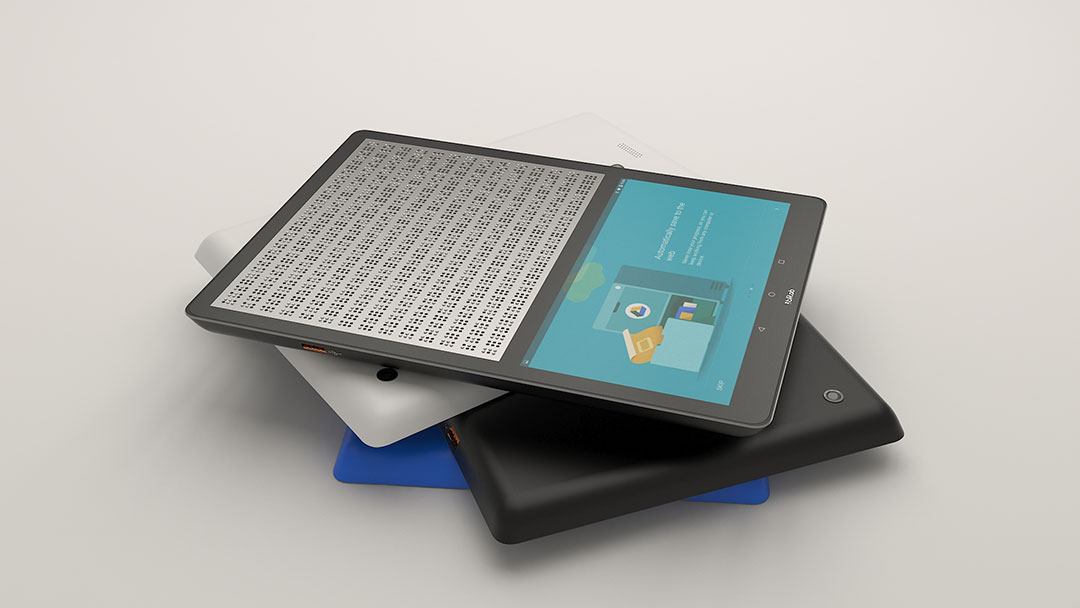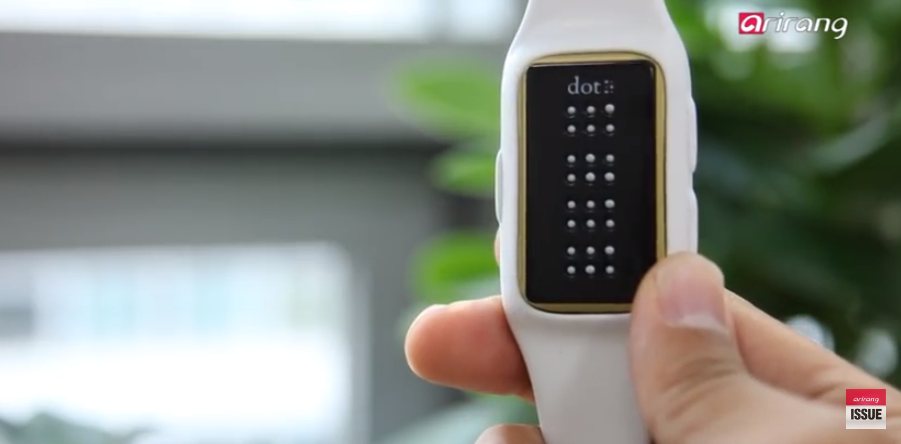Empowering Freedom With Assistive Modern Technology for the Blind
The combination of assistive technology into the lives of individuals with visual impairments stands for a significant innovation in promoting self-reliance and self-sufficiency. From ingenious screen readers to innovative wise canes, these tools not just enhance day-to-day navigation and interaction but additionally empower customers to involve meaningfully in numerous facets of life. As we discover the myriad benefits and real-world applications of these modern technologies, it becomes crucial to analyze the hidden aspects that add to their efficiency and the possibility for future growths in this important area.
Review of Assistive Technology

The development of assistive innovation is grounded in principles of inclusivity and empowerment. Technologies in software application, equipment, and sensory enhancements provide customers with options tailored to their details needs. From display readers that convert text to speech, to tactile devices that share details through touch, these devices change the way people engage with their surroundings.
Along with useful applications, assistive innovation fosters greater social addition and involvement in various sectors, including education and learning and employment (Assistive technology for the blind). As research study and advancement remain to evolve, the possibility for assistive innovation to better improve the lives of aesthetically damaged individuals stays promising, leading the means for a more fair society where everyone can grow
Sorts Of Assistive Tools
A variety of assistive gadgets have arised to support people with aesthetic problems, each created to meet specific demands and improve everyday performance. These tools range from low-tech solutions to sophisticated advancements, offering varied options for individuals.
Low-tech tools include magnifiers and large-print products that aid in reading and writing. Braille devices, such as Braille slates and stylus pens, enable tactile analysis and communication. Alignment and flexibility aids, like white canes, help users navigate their environment safely.
On the greater end of the range, digital zoom systems and screen readers use considerable support. Electronic magnifiers enable users to increase the size of text and pictures on displays, while display viewers convert electronic web content into synthesized speech, promoting accessibility to info on computers and smartphones.
Smart device applications additionally play a crucial function, supplying attributes like message acknowledgment and navigation help. Wearable technology, such as smart glasses furnished with enhanced truth, is arising as an appealing device to boost situational awareness.
Advantages of Assistive Innovation
The assimilation of assistive technology substantially improves the top quality of life for individuals with visual problems. These modern technologies empower users by promoting self-reliance, enabling them to browse their settings more successfully and do daily tasks with better ease. Screen viewers and zoom software allow individuals to access electronic details, cultivating specialist and educational chances that may have previously been out of reach.
In addition, assistive tools such as smart walking canes and general practitioners applications supply real-time navigation support, boosting movement and safety and security. This increased freedom not only boosts self-confidence yet also urges social engagement, permitting individuals to get involved more totally in their areas.
Assistive technology also facilitates interaction, assisting customers get in touch with others through voice recognition and text-to-speech applications. This capacity is essential for preserving relationships and accessing essential details.
Furthermore, the personalization alternatives available with many assistive innovations make sure that customers can customize gadgets to their specific demands, better enhancing use and effectiveness. Generally, the benefits of assistive technology for individuals with aesthetic problems are profound, advertising a more comprehensive culture where every person can seek their objectives and aspirations.
Study and Success Stories
Highlighting the transformative impact of assistive modern technology, numerous case researches highlight how people with aesthetic problems have successfully integrated these tools right into their every day lives. One engaging instance includes a college student who used screen analysis software to navigate scholastic products and online resources properly. This technology not just promoted her education and learning however additionally improved her self-confidence in taking part in discussions and group tasks.
Another case research study includes a specialist that utilizes a mobile phone application developed for navigation and things acknowledgment. By utilizing this app, he has reclaimed autonomy in both his individual and workplace, permitting him to commute independently and involve with colleagues better.
In addition, a senior citizen shared her experience with braille e-readers, which enabled her to access a large variety of literature and remain connected with her area via book clubs.
These success stories highlight the critical role of assistive innovation in promoting freedom, enhancing lifestyle, and advertising social assimilation for individuals with visual disabilities (Wearable technology for low vision). By accepting these ingenious devices, customers can overcome challenges and seize possibilities that add to their professional and personal satisfaction

Future Patterns in Assistive Innovation
Innovation in assistive modern technology is poised to redefine the landscape of support for individuals with visual disabilities. Emerging fads highlight get glasses same day the assimilation of expert system (AI) and equipment learning, which boost the functionality of gadgets that help with navigation and info ease of access. For circumstances, AI-driven applications are now efficient in interpreting aesthetic information in real-time, making it possible for users to engage with their environment much more Visit This Link independently.
Additionally, the growth of wearable modern technology is advancing quickly. Smart glasses outfitted with augmented truth (AR) can give audio descriptions of environments, transforming just how customers interact with public rooms. These gadgets not only advertise freedom but likewise foster social addition.
Furthermore, the Web of Things (IoT) is making homes smarter, enabling smooth connectivity between daily devices and assistive tools. This connection empowers individuals by allowing voice-activated controls and computerized responses customized to individual requirements.
Conclusion
To conclude, assistive technology plays a pivotal duty in empowering people with aesthetic problems by enhancing their freedom and interaction with their environments. The diverse variety of tools and applications readily available not just facilitates navigating and interaction yet additionally advertises social integration and opportunities for specialist and personal growth. As innovations continue in this field, the possibility for enhancing the lifestyle for those with visual disabilities will expand, promoting better freedom and empowerment.
